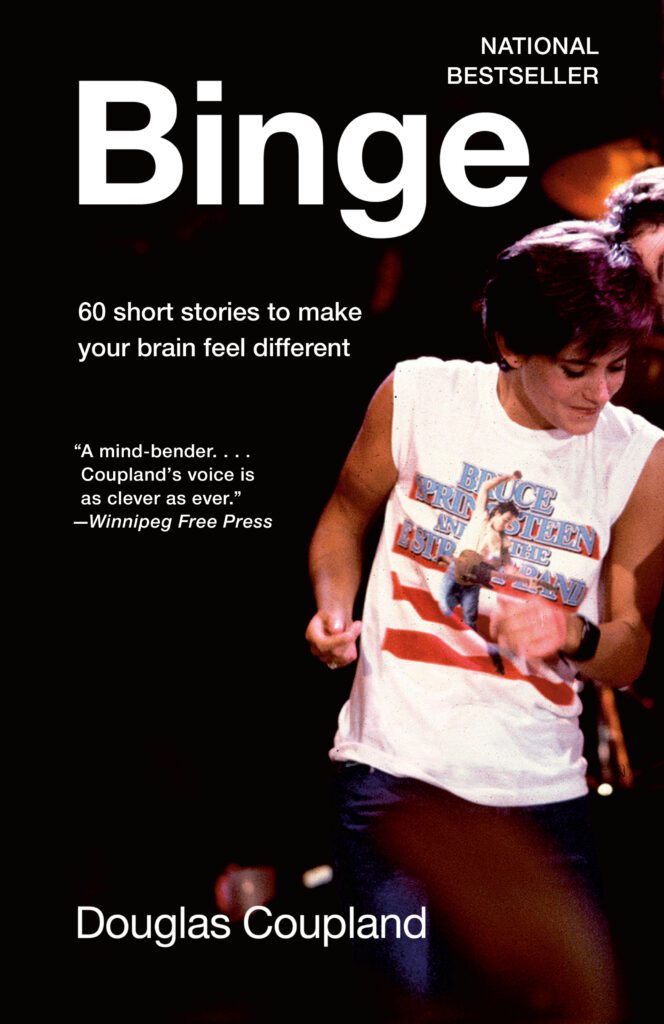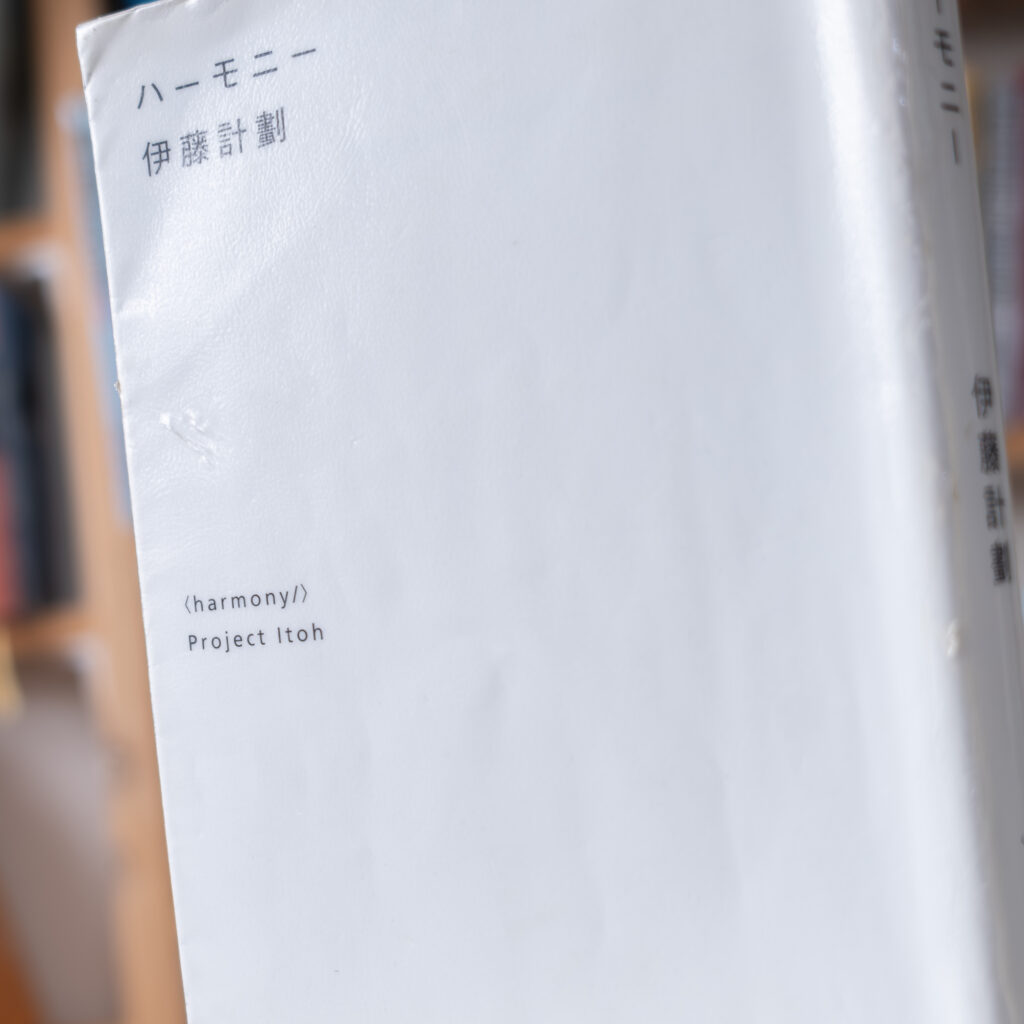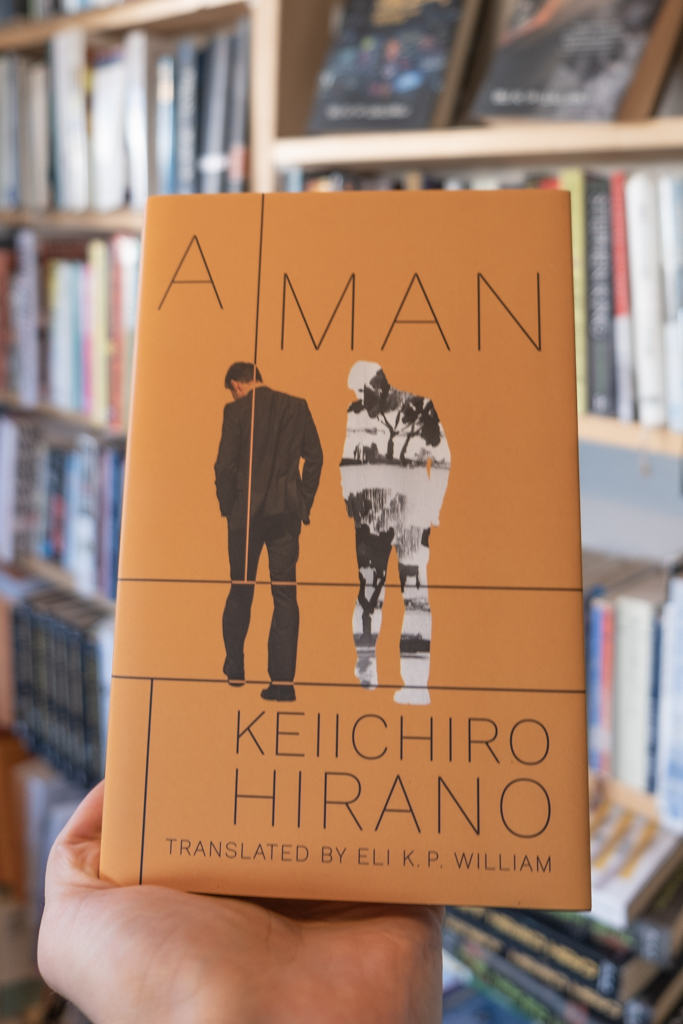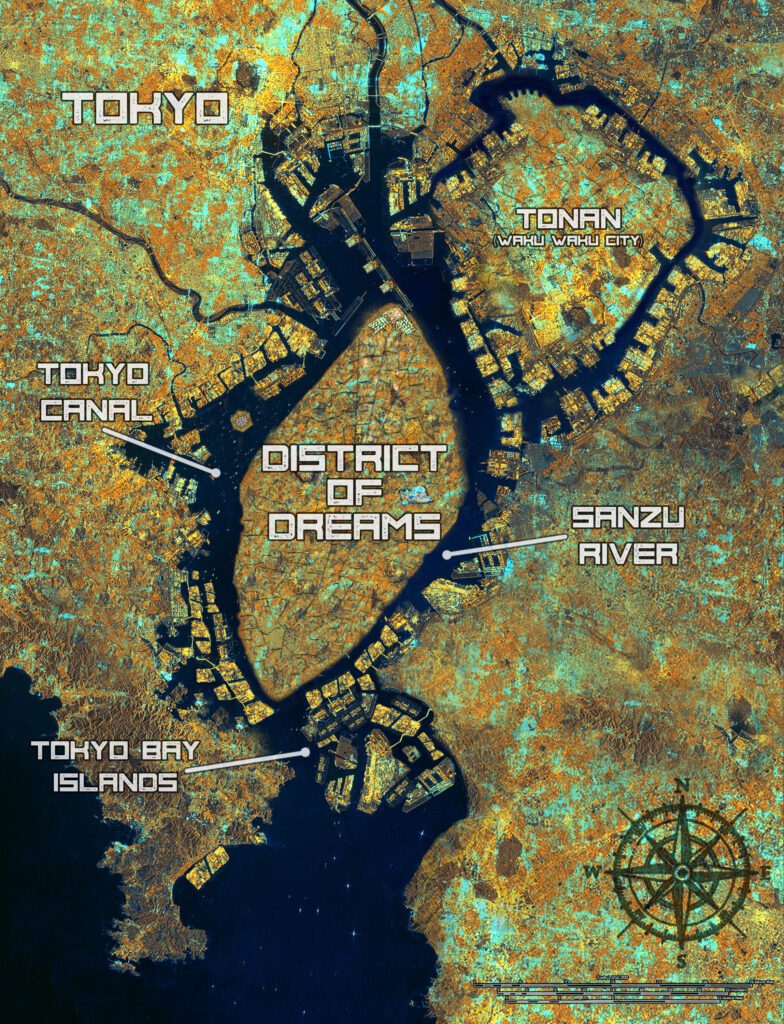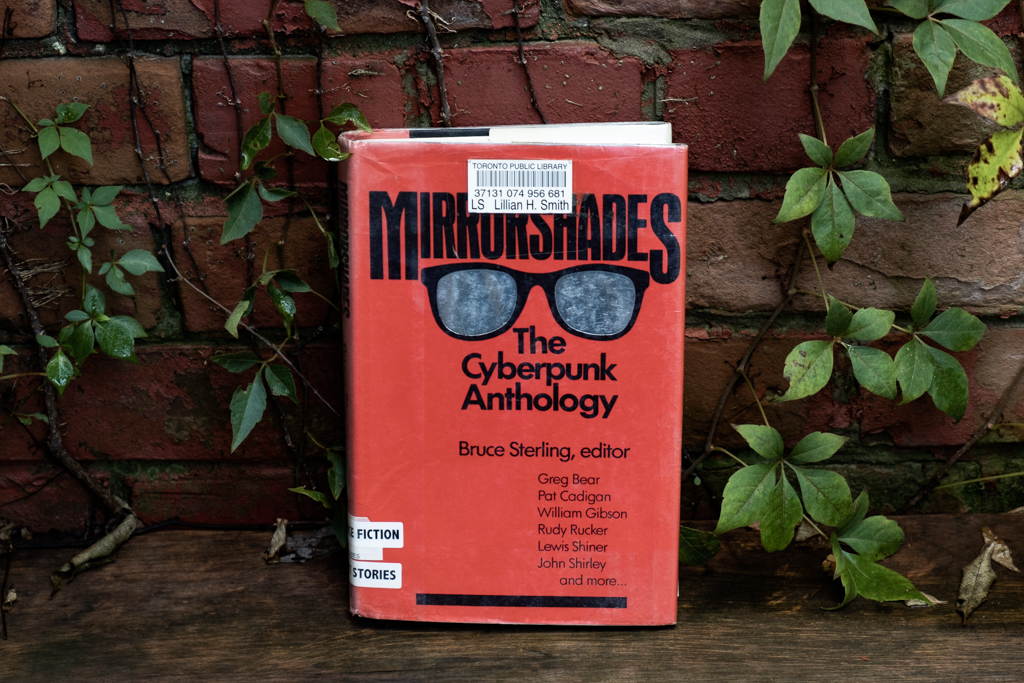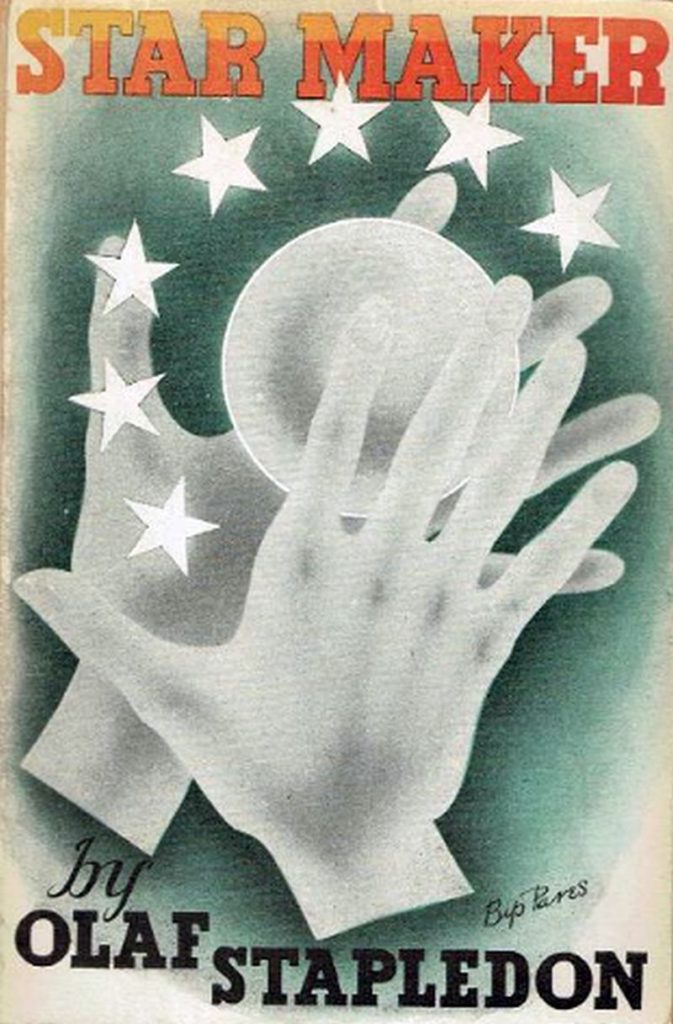Terminal Capitalism
Terminal Capitalism The new era heralded by Trump’s second term Many commentators in the 21st century have taken to calling our current social and economic era “late stage capitalism.” As no one agrees how exactly to define the phrase, nor when the stage it indicates supposedly began, the best place to clarify its meaning without getting bogged down in detail and disagreement is probably the dictionary: late-stage capitalism : the current stage of capitalism that began in the second half of the 20th century and that is characterized by globalization, the dominance of multinational corporations, broad commodification and consumerism, and extreme wealth inequality My contention, as we transition into Donald […]
Terminal Capitalism Read More »

